Enclosure
inkognito
17 years ago
Related Stories
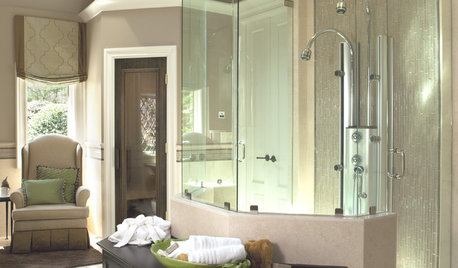
SHOWERS10 Stylish Options for Shower Enclosures
One look at these showers with glass block, frameless glass, tile and more, and you may never settle for a basic brass frame again
Full Story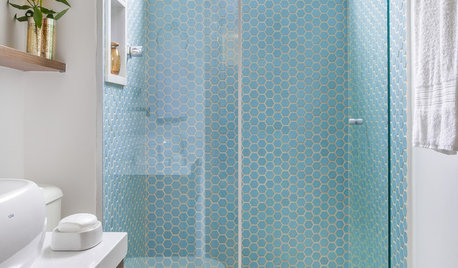
SHOWERSShower Design: 13 Tricks With Tile and Other Materials
Playing with stripes, angles, tones and more can add drama to your shower enclosure
Full Story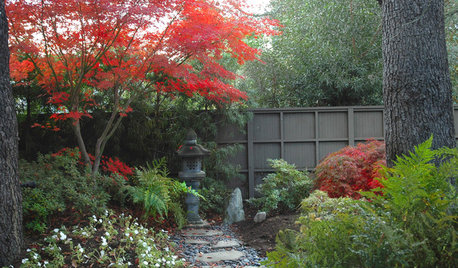
LANDSCAPE DESIGNLay of the Landscape: Create the Beauty of a Japanese Garden
Balance, enclosures and the forms of nature combine in serene Japanese garden design. Bring the look home with some of these principles
Full Story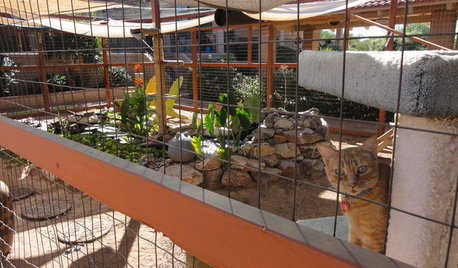
PETSSee a Deluxe 'Catio' Built for Feline Fun
Sixteen lucky cats get the run of a protected outdoor patio with ramps, steps and even a koi pond
Full Story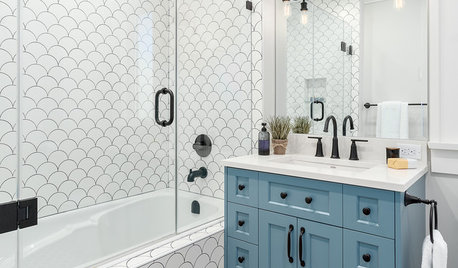
BATHROOM DESIGNShower Curtain or Shower Door?
Find out which option is the ideal partner for your shower-bath combo
Full Story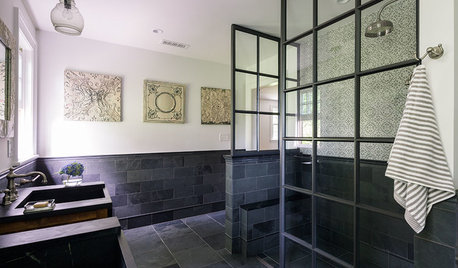
BATHROOM DESIGNRoom of the Day: Master Bath With an Educated Palette
A black and white color scheme and university-inspired decor earn high marks
Full Story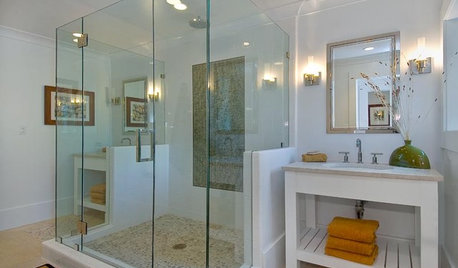
BATHROOM DESIGNExpert Talk: Frameless Showers Get Show of Support
Professional designers explain how frameless shower doors boosted the look or function of 12 bathrooms
Full Story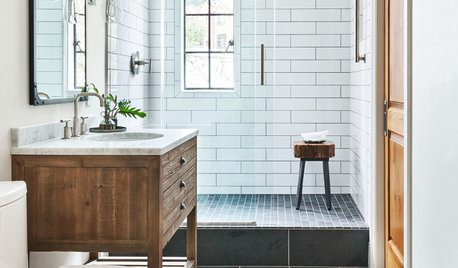
BATHROOM WORKBOOK12 Ways to Get a Luxe Bathroom Look for Less
Your budget bathroom can have a high-end feel with the right tile, stone, vanity and accessories
Full Story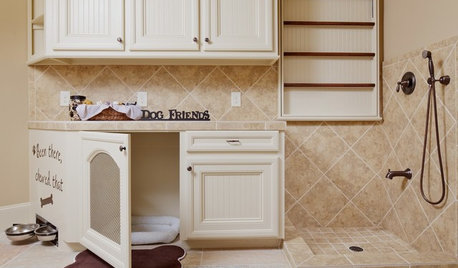
PETSThe Crate Conundrum: A Safe Place for Your Pooch
Get ideas for a comfy den for your dog that works well with your space too
Full Story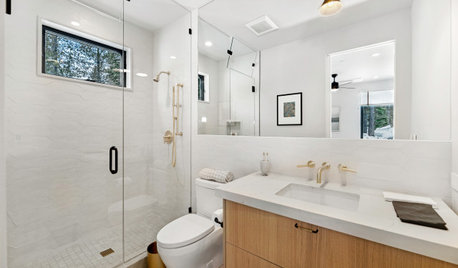
BATHROOM DESIGNKey Measurements to Make the Most of Your Bathroom
Fit everything comfortably in a small or medium-size bath by knowing standard dimensions for fixtures and clearances
Full Story


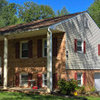

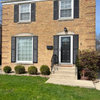
harleysilo
inkognitoOriginal Author
Related Discussions
Glass shower enclosure
Q
how to attach walls to tapered column in porch enclosure
Q
How to estimate cultured stone for gas fireplace enclosure?
Q
frameless enclosure in 6.5’ by 5’
Q
gardengal48 (PNW Z8/9)
chartreuse1
miss_rumphius_rules
spunky_MA_z6
harleysilo
duluthinbloomz4
linrose
inkognitoOriginal Author
laag
treelover
Saypoint zone 6 CT
ymaddox
ironbelly1
Brent_In_NoVA
treelover
inkognitoOriginal Author
tibs
thistle5
miss_rumphius_rules
ironbelly1
wellspring
mad_gallica (z5 Eastern NY)
spunky_MA_z6
treelover
prairie_love
bahia
tibs
zamiagarden
laag
miss_rumphius_rules
watergal
zamiagarden
prairie_love
pls8xx
irene_dsc
esga
Saypoint zone 6 CT